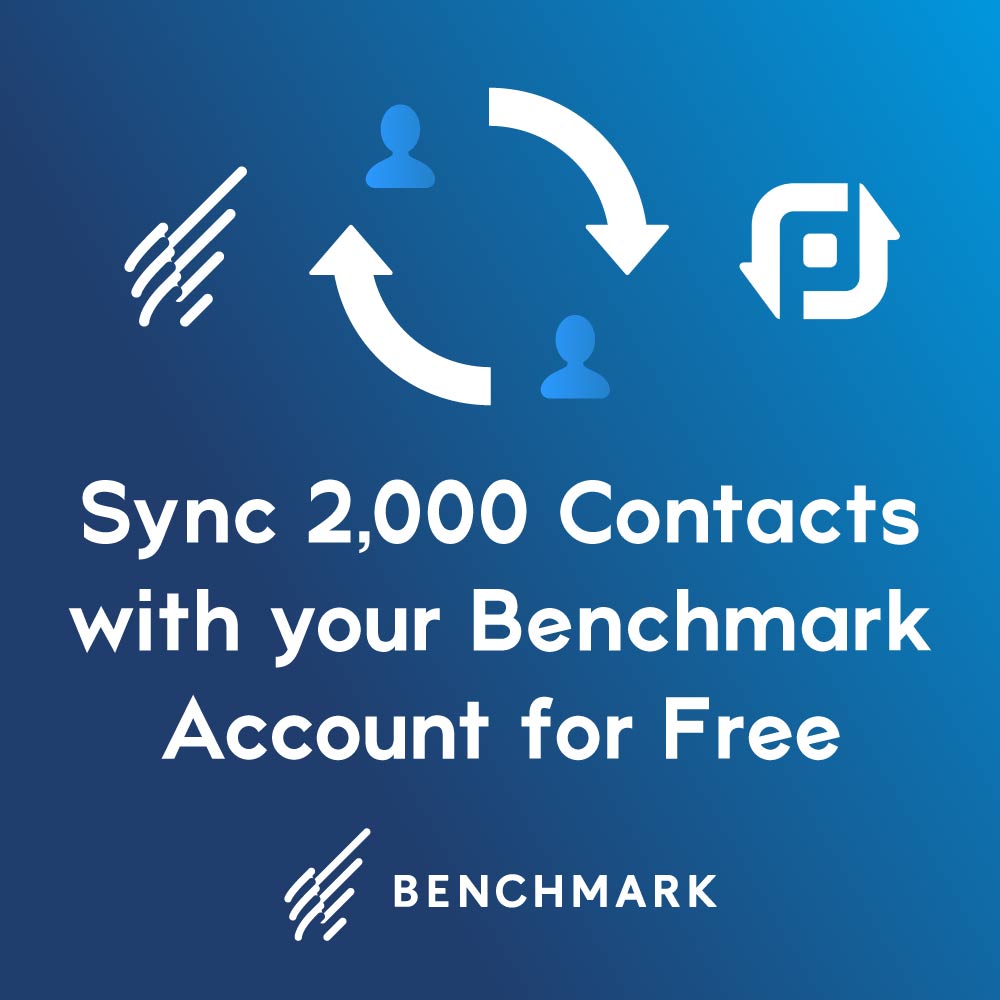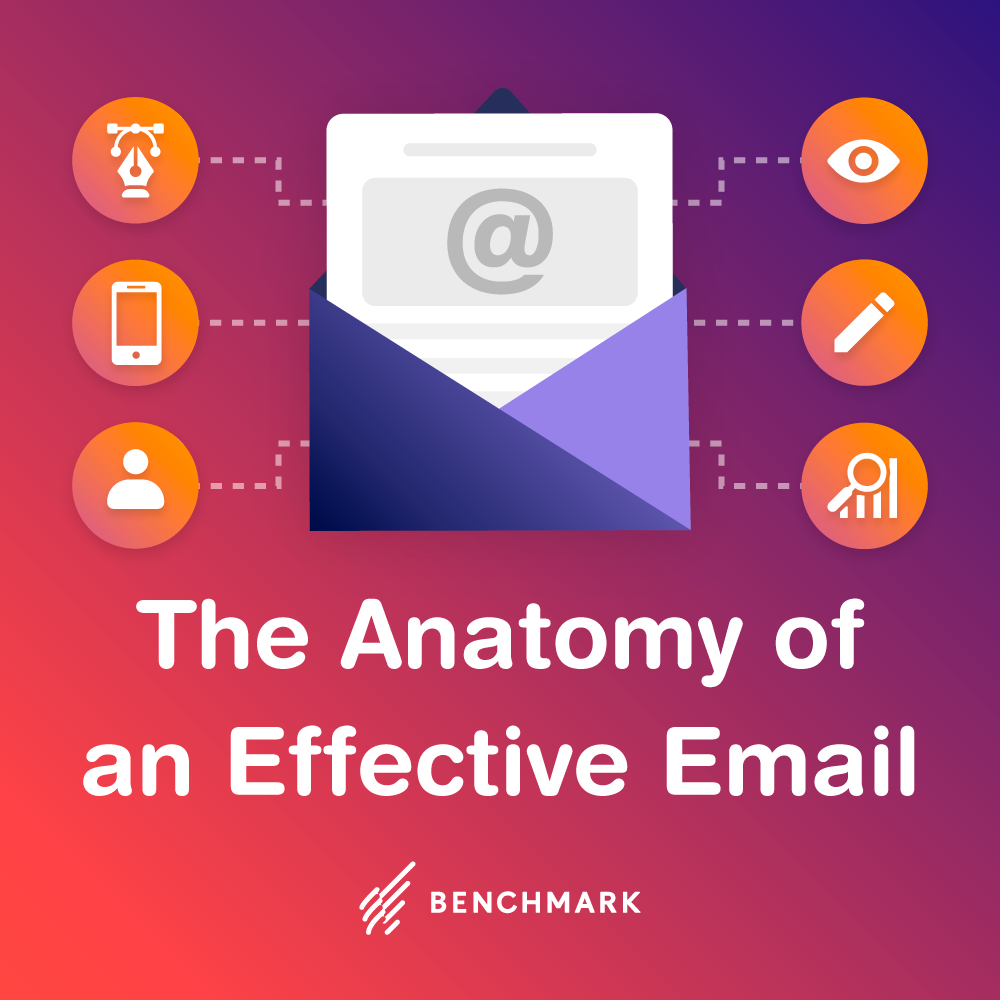As an email marketer, you’ve probably felt the frustration of knowing that because your emails are competing against thousands of others, there’s no guarantee they’ll get the attention they deserve. A big reason for this is spam: recent studies show as much as almost 70% of email sent out is spam.
That’s the main reason the spam filter was created. The spam filter, in its most pure form, is supposed to weed out the spam emails so all that’s left in your inbox is opt-in emails that you’ve subscribed to. Unfortunately, with so many factors affecting the job spam filters do, sometimes good email gets blocked with the bad.
Despite making mistakes like blocking good emails, spam filters are here to stay. And it would probably help you tremendously as an email marketer to understand exactly how they work.
First off, spam filters can be set up a few different ways. They can either be set up to follow certain rules, or used exactly as programmed. Because there are so many ways they can be set up and used, it’s quite common to have one email get to the inbox with one email service, and one be placed in the junk file with another.
Here are some tips to get your emails to the inbox, regardless of the spam fiilter used:
- Good HTML code matters. Period. If your capaign layout features sloppy code that makes your emails or newsletters look strange in different email service inboxes, expect it to be blocked. And missing code? That’s bad too.
- Make sure you spell words correctly. Bad spelling is the hallmark of spammers. Use a spellchecker to prevent misspellings.
- Title your email properly. Any email without a title will raise the ire of spam filters.
- Don’t send an email that only features an image. Many spammers use a single image in their emails. Use both text and images in all your emails.
- Send a plain text version along with your standard, HTML version of your email. By sending a plain text version, your mobile phone and PDA-using recipients can also read your emails.
- Make certain your plain text version of your email matches your HTML version as much as possible.
- DON’T USE CAPITAL LETTERS. This will trick spam filters into thinking you’re sending out spam.
- Don’t use non-standard colors, italics or large-sized fonts.
- Try to personalize your emails by calling your recipients by name. If you don’t have their names, feel free to use sir and madame.
- Don’t use the word “free”. The word free is a big fave when it comes to spammers. The use of the word free can land your emails in the trash bin, especially when you’ve used all capitals to spell out the word you want to write. Other spammy words and phrases ito avoid are:
No risk, risk free, click here, click below, order now, money back guarantee, guarantees, click to remove from mailing list, home loan, bad credit, buy now. - Avoid bringing up spam or spam legislation in your campaigns. Spammers use spam legislation as a way to try and dodge filters. Don’t fall into this trap.
So, what’s the solution?
If you’re not sure if you’re sending out spammy emails or not, your best bet is to use a spamchecker. For the record, Benchmark Email features a spamchecker tool that analyzes your email and not only shows you which words and phrases will set off spam filters, but gives you an overall score showing your chances of getting to the inbox.
Another technique is to set up free accounts with Yahoo!, Gmail and other email services, and sending your campaigns to these accounts as a test. If they make it through, chances are your overall campaign will. If not, you have some work to do.




